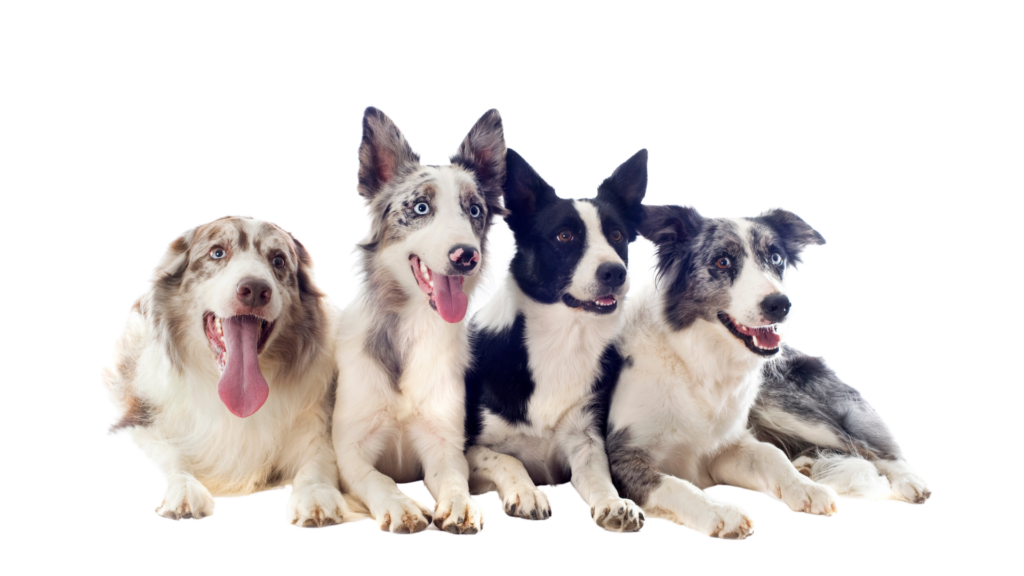Background
Aims
There is extensive knowledge about word generalisation in infants, however, information about how dogs generalise a trained object to objects that vary in some of their features remains largely unknown. Comparative studies between humans and dogs offer valuable insights into the evolutionary origins of language-related cognitive abilities. While some argue that these abilities are unique to humans, others suggest they can be found in other animals as well. Dogs, in particular, have been studied as a model for understanding human social evolution and cognition due to their shared environment with humans. However, the average family dog (Typical dog) lacks the capacity to learn object names, except for some rare individuals called “Gifted Word Learner” dogs (GWL dogs), primarily border collies, who possess exceptional skills in quickly learning object labels without previous formal training. Dogs and humans have different ways of associating words with objects, and studies have revealed differences in mental representations between dogs and humans. Therefore, more research is needed to better understand how typical dogs (T dogs) generalise objects, which could contribute to a more comprehensive understanding of canine cognition and its evolutionary origins.
The aim of the research project was to examine the generalisation abilities of typical border collie dogs when presented with objects that vary in shape and texture from the target object and to assess their behaviour when the target object is not present.
